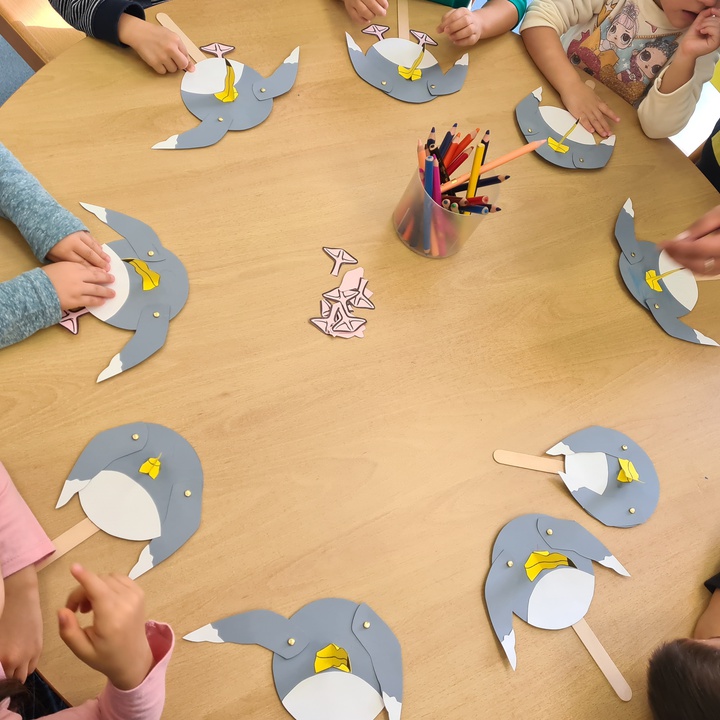Text size:
News

Parque Escola Activity: 𝘾𝙖𝙡𝙤𝙣𝙚𝙘𝙩𝙧𝙞𝙨 𝙗𝙤𝙧𝙚𝙖𝙡𝙞𝙨 are back!
April 16, 2021
Towards the end of February, after having spent a season in the South Atlantic, the Calonectris borealis, return to the Azores to begin their reproductive period. It is at this time of year that these emblematic sea birds meet their partner from previous years and increase the frequency of their visits to land, in order to nest.
These birds show a fascinating behavior: they return, annually, to the same island, to the same cliff and to the same nest where they reproduced for the first time. Their nests are made in holes dug in the ground by the bird itself, or taking advantage of the natural cavities of the volcanic rock, and are usually more than 1 meter deep, in order to protect the egg and the chick from possible predators.
Due to the majority of the world population of Calonectris borealis nests in the Azores and the low fertility rate of this species (each female has the capacity to lay one egg per year), the Ecoteca of the Natural Park of Faial has been promoting the action “The Calonectris borealis are back! ”, within the scope of the Parque Escola 2020/2021 program.
This activity consists of reading the children's book “A História do Zeca Garro”, by Filipe Lopes and Carla Goulart Silva with illustrations by Bernardo Carvalho, and explaining concepts about this species, such as its biological characteristics, main threats and importance adopting measures to protect them. In the practical component, adapted to the children's ages, students participate in the elaboration of puppets, in a quiz, in the game “Quanto-Queres Cagarro?” and demonstrating the correct procedure for saving a Calonectris borealis.
Photo: Faial Nature Park

